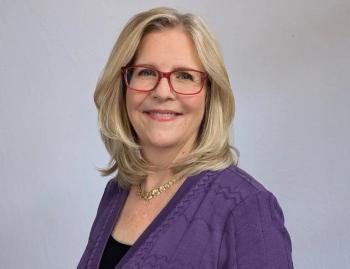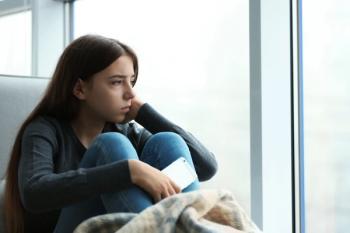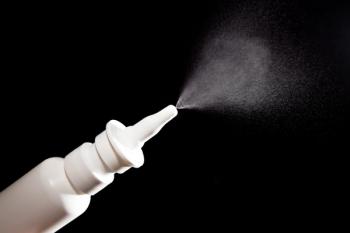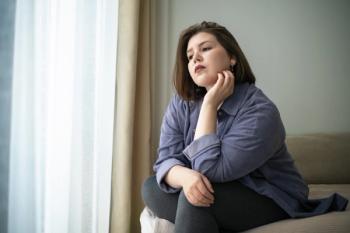
"We Should Live"- - Surviving After Catastrophic Death
There is no one-size-fits-all solution to how people and cultures should respond to overwhelming stress, depression, and trauma.
Yutaka Ono has been a close friend of mine for 30 years and is one of Japan's most respected psychiatrists. Shortly after the massive earthquake and deadly tsunami that hit eastern Japan 4 years ago, he began regularly visiting Onagawacho--the hardest hit town. He became consultant to Yuri Sato, the brave, wise, and energetic public health nurse responsible for organizing the town's medical and psychosocial response to its massive tragedy.
On a recent visit to Onagawacho, Dr Ono introduced my family and his to Ms Sato and she provided an excellent slideshow explaining the mechanics of the tsunami, its devastating impact on her town, the loss of life, and the untiring efforts she and her staff had made to help the survivors endure and prevail in the face of unimaginable trauma and loss.
Ms Sato's presentation was understated and stoical until she reached the slide listing instructions now given to townspeople on what to do should there be a future tsunami.
Among these, I was struck by and asked about: "Escape to high ground immediately. Never go back to save people or possessions."
Ms Sato quietly explained that the tsunami's speed made it impossible to rescue others-- that each person had to be taught to do instinctively whatever it would take to simply save himself or herself. Going back in a futile attempt to save others would be wasteful of life. She added that it was particularly difficult to teach individualistic self-protection to people in Japan, because it so goes against prevailing values that cherish loyalty to others and self sacrifice for family and society.
Then, suddenly and unexpectedly, Ms Sato began to cry. She described how she had lost her own son because he had gone back to save his grandmother and both were caught in the giant wave as it rebounded to the sea. She said she felt very guilty for surviving and for having taught him to be so unselfish. With a different upbringing, he might have been more rational and still be alive. Soon all of us were crying uncontrollably. Life can be exquisitely cruel and confusing. Best intentions can have worst outcomes.
I asked Ms Sato to write about her work in restoring Onagawacho and healing herself. Dr Ono has translated. Ms Saito writes:
"The massive tsunami caused by the Great East Japan Earthquake swallowed up most of my town and killed almost 1000 people, 10% of the population. Even now, after four and a half years, there are many whose remains still have not been found.
On that day, I evacuated to the roof of the town office building. Stupefied and aghast, I could only helplessly stare frozen at the approaching wall of seawater. The next day, as I walked through the rubble, it felt like a scene from some out-of-this-world newsreel. I found the survivors squatting, huddled together in our gym which felt like a field hospital.
As public health nurses, our immediate task was to treat the injured and sick; collect and dispense medicines; and respond to the desperate conditions of the townspeople. We launched and managed an aid station and a welfare evacuation site for those in need of urgent nursing care; established countermeasures against infectious disorders; and arranged for emergency food supplies and sanitation. Housing was first in buildings that had survived on high ground -- eg, sports facilities, small public halls, and school buildings. Over several months, the survivors were then moved to temporary housing.
With the entire town disaster-stricken, I was overcome with a sense of doubt and anxiety. Questions continually spun around in my mind: "What is mental health care when all of us have suffered so greatly?" But with everyone in mourning, we were single-mindedly focused on not losing any more lives to suicide or accident.
We saw to the safety of patients with mental disorders and coordinated a treatment continuation system for them almost immediately after the tsunami.
People continued to be unable to accept the deaths of family members, relatives and friends -- and the fact that so many were still missing.
I often heard "I should have died," "Why did I survive?" or "I want my time to come soon." I also felt this way, but had too much work to do to linger on my own losses and feelings about them.
In such circumstances, unless a mechanism is set up within the local community that allows survivors to believe "we will live" and "we should live," people will drop out of society and languish on their own. We recognized that "community care" not "individual care" was our most important task, and we set out to build a new sense of community as soon as possible, after the more urgent needs of the immediate crisis had been met.
In this second stage of crisis management, we focused on "public health" as relates to housing, meals and work environment of the townspeople; resumed community organization activities; and provided support in the formation of new communities to partially replace what had been lost.
We resumed dialysis, provided maternity and infant checkups for pregnant women and newborns, gave mother and child vaccinations, and began special checkups for cancer patients and the mentally ill. Much of this health management was done in temporary housing. We also had to provide support to account for the changes in family composition caused by the tsunami-- many caretakers had themselves been killed.
In November 2011, we started the project "Onagawacho Counseling Center for the Mind, Body, and Life." The town was divided into seven areas and "expert staff of mind and body" (hereinafter referred to as "Koko-Kara Experts") were assigned to the sub-centers to provide health support and life support to the minds and bodies of the townspeople. This combined health management with reconstructing social bonds among the people who were isolated and desolate.
In each area, one Koko-Kara Expert (public health nurses, regular nurses, or counselors) was responsible for health consultations, home visits, and reorganizing a social structure in cooperation with each neighborhood association and local officials (including the administrative community head, commissioned welfare and child commissioners, health promotion commissioners and diet improvement commissioners).
Our aim was not only mental health care but also reconstructing relationships and creating a new community. Building individual fitness requires restoring the physical and social environment. This is necessarily a gradual process, made difficult by the dilution of relationships in the community caused by the many deaths of townspeople and the fact that survivors were in temporary housing. The scattering of people from the same community in different shelters made their adjustment difficult.
We always kept in mind improvement in QOL (Quality of Life) by focusing not only on the "mind" and "body" but also the quality of "day-to-day life." Without mutual support in the community (families, colleagues and neighbors, etc), we cannot lift the spirits of others or protect and heal and care for the mind. "Skilled Listening Volunteers" were trained to increase the number of people who would listen to the stories of families, neighbors and friends.
We keenly sense the need to help create new relationships filled with "mutuality" and "thankfulness" by expanded communication-- circles of people to help people want to live. We opened cafes to promote social interaction and sponsored tea parties to legitimize having fun again.
Even after four and a half years, our challenges still have no end in sight.
We know there will be more tasks in the field of community mental health to help prevent mental disorders, alcohol problems, lonely deaths, and suicides."
Thanks so much Yuri and Yutaka for this information and inspiration.
We are a hardy species, evolved over millions of years to live in environments that were filled with catastrophes caused by natural disasters, famine, pestilence, and violence from fellow humans and other predators. Modern life provides some insulation for some of us, but traumatic stress remains widespread around the world and is a lurking risk for all of us.
We expected to encounter PTSD symptoms among the survivors of this horrifying experience, but Ms Sato said these have been rare. Much more common were depression, withdrawal, apathy, and guilt. Perhaps this reflects Japanese stoicism or the high average age of the survivors. But I think also that there is not a one-size-fits-all in the way people and cultures respond to overwhelming stresses. Our PTSD definition in DSM may be quite culture specific. Each person and each culture must be understood in it's own terms and context.
I will never forget the visit to the brave little town of Onagawacho and it's wonderful public health nurse, Ms Sato.
And I will never forget this sign on the wall of the town's cafe. It was drawn by a 94-year-old fisherman who had survived the tsunami. His calligraphy is beautiful, his poetic words haunting: "My life is study; my headstone will be my graduation certificate."
Newsletter
Receive trusted psychiatric news, expert analysis, and clinical insights — subscribe today to support your practice and your patients.














